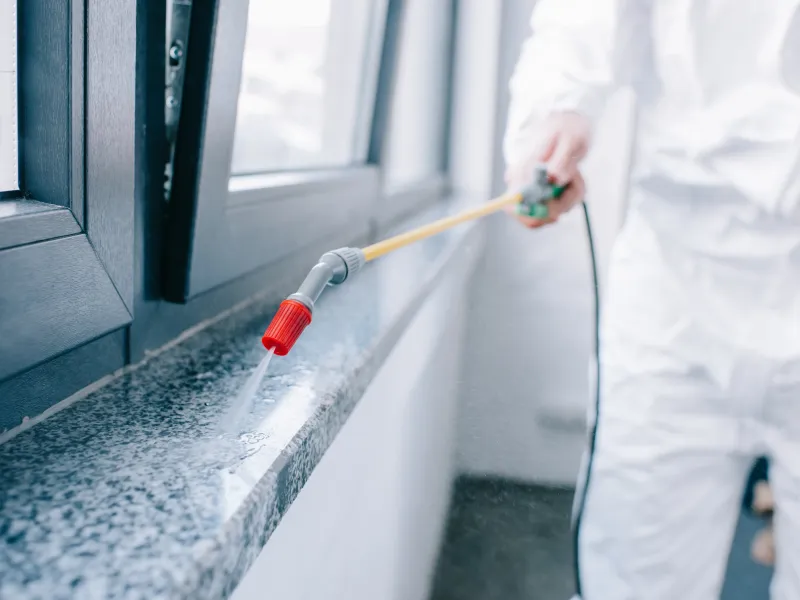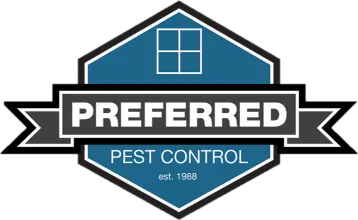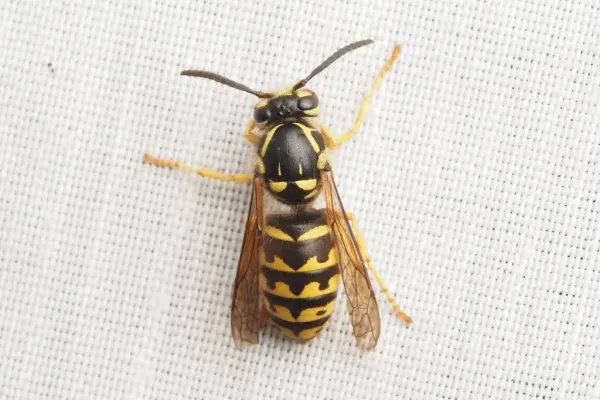One of these things is not like the other…

Since swarming season is upon us, it is likely you may spot some swarmers around your home. But are they subterranean termites or ants? Can you tell the difference? From far away, they can look similar to one another, but there are several differences between termite and ant swarmers.
First off, termites do not have a defined waist – their bodies have a uniform rectangular shape without any waist definition, while carpenter ants have a narrow, defined waist. Second, examine the antennae. Termites have straight antennae that look similar to chain beads. Ants have bent antennae that have an “elbow” appearance. Finally, take a look at the wings. Termites have four wings of equal size and shape that are longer than the body itself; ants also have four wings, but the hind wings are much shorter then the fore wings.
Besides the visual differences in ants and termites, there are some behavioral differences as well. The wings of termite swarmers will fall off shortly after they emerge from their nesting area, so you may notice the wings scattered around nearby. Carpenter ants do not eat wood like termites, but they will tunnel through it, so there may be little piles of sawdust, or frass, around the holes they have created. The tunnels the carpenter ants make will have a smooth appearance, while termite tunnels have a more rough-looking appearance. Termites will make mud tubes on exterior walls or between soil and wood as they travel.
Whether you see ants or termites, or if you are not sure what it is you are seeing, collect a sample and call us at Preferred Pest Control. We can help you to identify exactly what pest has infested your home, and plan out a treatment strategy for you. Both pests can cause destruction to your property and need to be addressed as quickly as possible to prevent future damage. Preferred Pest Control can save you money and aggravation from the costly repairs that may be needed if these pest problems are not addressed. Let Preferred Pest Control help you to preserve the value of your home.




